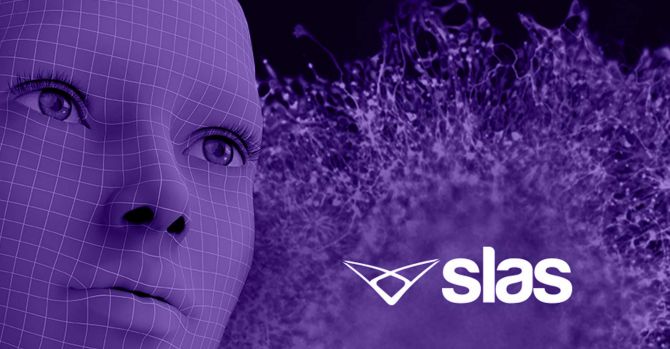
“The endocannabinoid system (ECS) plays a diverse role in human physiology ranging from the regulation of mood and appetite to immune modulation and the response to pain.
Drug development that targets the cannabinoid receptors (CB1 and CB2) has been explored; however, success in the clinic has been limited by the psychoactive side effects associated with modulation of the neuronally expressed CB1 that are enriched in the CNS. CB2, however, are expressed in peripheral tissues, primarily in immune cells, and thus development of CB2-selective drugs holds the potential to modulate pain among other indications without eliciting anxiety and other undesirable side effects associated with CB1 activation.
As part of a collaborative effort among industry and academic laboratories, we performed a high-throughput screen designed to discover selective agonists or positive allosteric modulators (PAMs) of CB2. Although no CB2 PAMs were identified, 167 CB2 agonists were discovered here, and further characterization of four select compounds revealed two with high selectivity for CB2 versus CB1.
These results broaden drug discovery efforts aimed at the ECS and may lead to the development of novel therapies for immune modulation and pain management with improved side effect profiles.”
https://www.ncbi.nlm.nih.gov/pubmed/29257918








